In the first of a three-part series on art in New York, William Kherbek picks at the intersection between the arts and politics
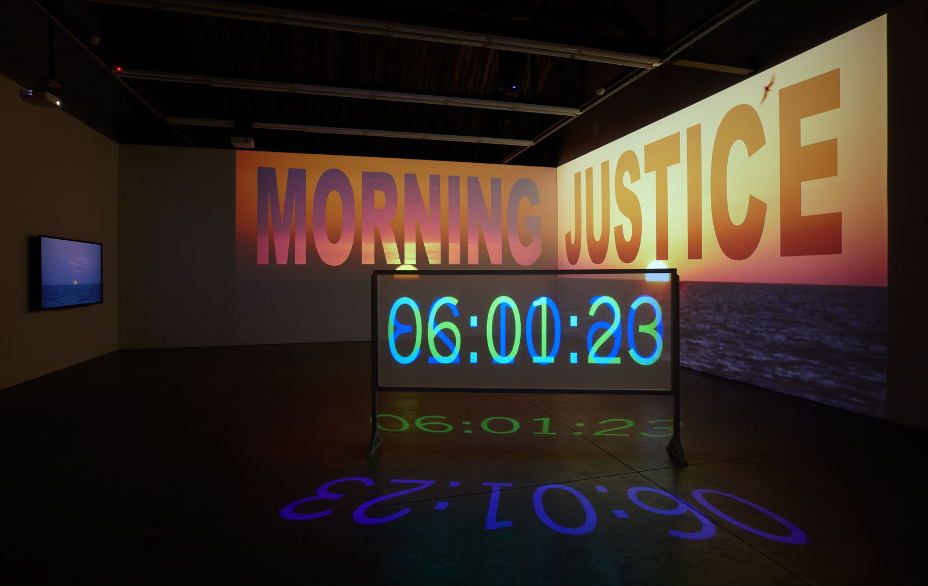
The year 2014 saw political activism and technology interact in perhaps the most broad and sustained campaigns yet seen in the US. Crusades against online misogyny, police killings of unarmed black citizens, support for living wages and environmental protection all found hashtags and audiences. Such movements weren’t always successful in drowning out the status quo-worshipping din that is the media’s chamber of echoes – it was, after all, the “#whitestOscarsever”. Nevertheless, inroads were ploughed, even in the often quietistic world of visual art. The nexus of art and politics is always fraught territory. Inevitably, and usually without reason, artists attempting to engage in social critique – beyond a bit of “isn’t-it-all-such-a-pity” handwringing – are accused of naivety. As aesthetic movements like Futurism and Socialist Realism have shown, the line between political art and facile propaganda is rarely drawn in day-glo spray paint. So, it was surprising and heartening to see how much serious political engagement was on show in one of the busiest art weeks in the New York City art calendar.
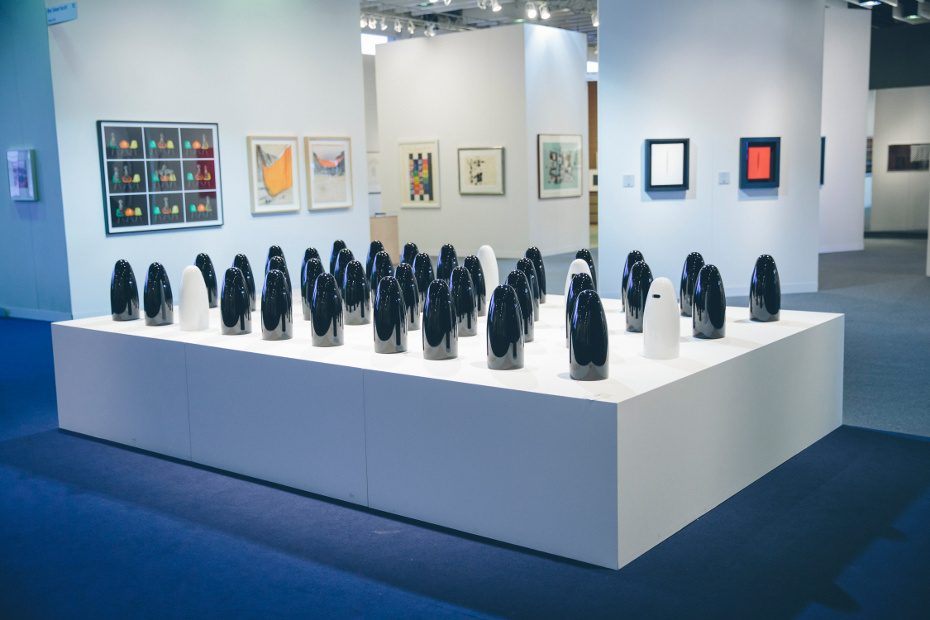
The Armory Show in particular had a self-conscious political edge this year. At the centre of a fairly depoliticised Armory Modern was Carlo Massoud’s Arab Dolls: Maya, Zeina, Racha and Yara. Arranged like bullets moving along an assembly line were the dolls; the four models referenced in the work’s title were given individual names that corresponded to the differing apertures where their faces might be. Some were oblong, others bore variegated dots like the holes of an intercom. The dolls’ polished surfaces of alternating black and white evoked the religious garment that Europe seems to fear most: the burqa. Massoud’s work is rich in its evocations but tight-lipped as to its conclusions.
The metaphoric implications of Maya and her sisters’ bullet-like forms and the reduction of the female identity to the shape of a tiny opening are powerful statements in themselves. However, looking at the shiny surfaces more closely, the viewer sees an even more dangerous image: his or her own reflection. The politics of the contemporary Middle East were also at the centre of The Armory’s collaboration with the cultural organisations Art Jameel and Edge of Arabia, which included a talk by four artists involved in the Culturunners project – an endeavour that facilitates artistic and technological collaborations between socially concerned artists and communities.
“We are creating a new form of public space,” said Palestinian-Saudi artist, Husam al-Sayed. “We are interested in culture – we don’t have one agenda that we want to push.”
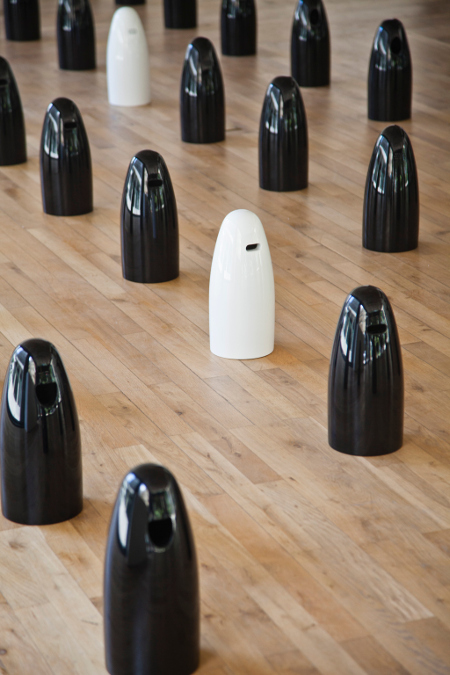
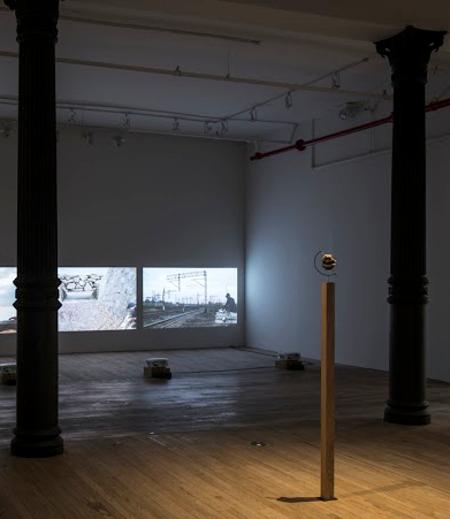
For al-Sayed and his co-panelists, including Ava Ansari, Azra Aksamija, and Matthew Mazzotta, culture’s meaning is close to Raymond Williams’ famous dictum, ‘culture is ordinary’, representing the outgrowth of the daily participation of communities in the creation of a social enterprise. To create cultures, particularly in digital space, the democratic character of creativity is even more fully expressed. “It is a never-ending journey,” al-Sayed concluded, “and we are all involved”.
The Armory show was not the only place to see meaningful, questioning political art in New York. The week also saw the opening of the show Invisible Disparities by Ernesto Klar at Postmasters Gallery. The multimedia work was dominated by five video projections. Four projections were shown simultaneously on one wall of the backroom of Postmasters. In these projections, Klar – dressed in the faceless, quasi-official uniform globally recognisable as the signifier of maintenance workers – used his tiny portable duster to hoover up the dust of sites including UNESCO headquarters, Petra, and areas where mass slaughters in the Rwandan genocide took place. On the opposite wall, Klar and his duster could be seen traversing the timeless desert.
“We are creating a new form of public space. We are interested in culture – we don’t have one agenda that we want to push”
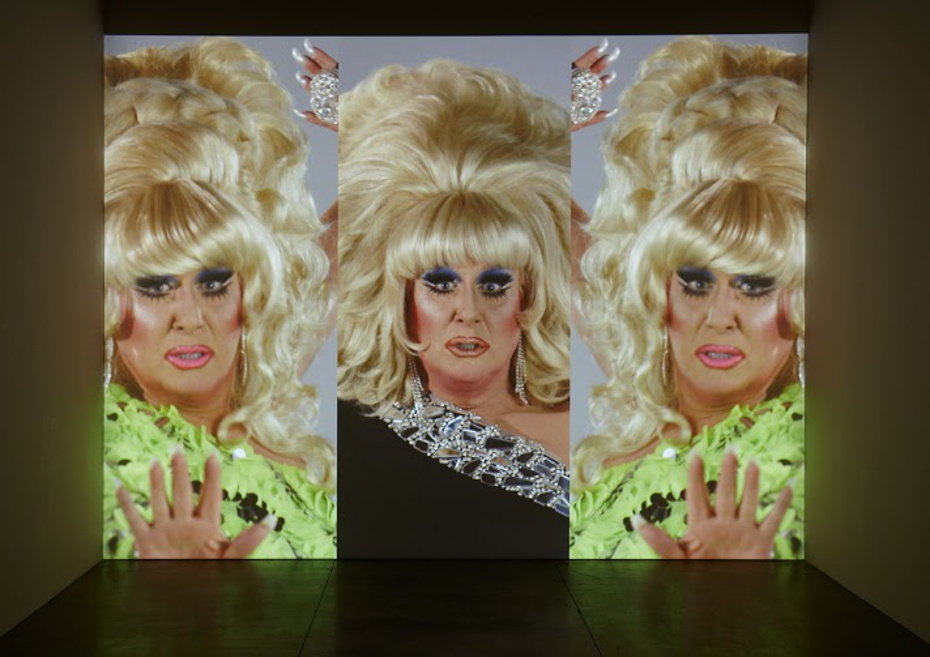
There is something of Francis Alys’ deadpan performances in sites of political apoplexy in Klar’s work, but its metaphoric richness isn’t reducible to mere influence-worship.
Never one to shy away from the political and the inflammatory, the filmmaker Charles Atlas’ show, The Waning of Justice, at Luhring Augustine presented one of the most coherent and direct political critiques on show in New York at the moment. Atlas’ The Illusion of Democracy was shown at Luhring Augustine’s Bushwick space in 2012, and The Waning of Justice in 2015 signalled a continuation of Atlas’ exploration of politics. His newest exhibition consisted of several video projections – some of sunsets and nature, and one of an impassioned performance by a drag artist giving a rendition one of the most coruscating and sophisticated indictments of US politics over the last decade. Politics in New York City art is alive, well, mad as hell, but still fabulous.




